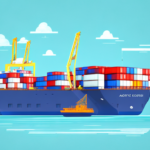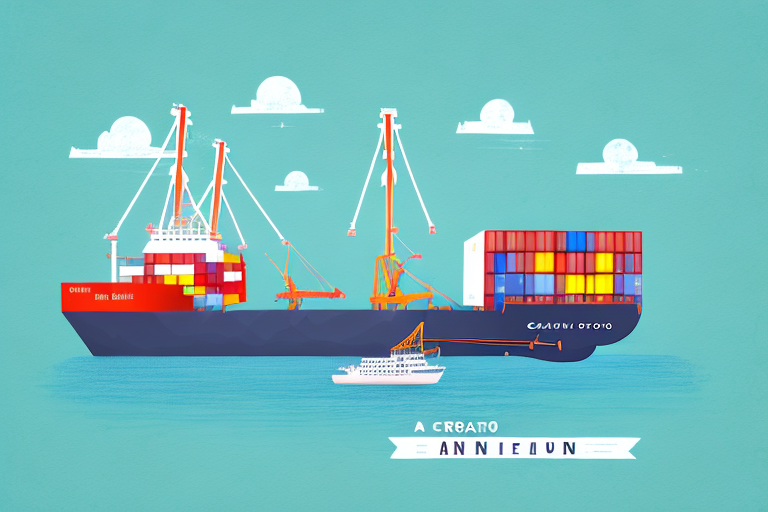Hundredweight vs LTL: A Comprehensive Guide
In the logistics industry, selecting the right shipping method is crucial for efficient and cost-effective transportation of goods. Two commonly used methods are Hundredweight (CWT) and Less Than Truckload (LTL) shipping. Understanding the differences between these solutions is essential for businesses aiming to optimize their supply chain operations.
Understanding Hundredweight (CWT) and LTL Shipping
Hundredweight (CWT) is a unit of measurement representing 100 pounds of weight. It is often used to quantify freight and calculate shipping costs based on weight. CWT shipping is typically employed for transporting bulk goods that do not require the entire capacity of a truck.
Less Than Truckload (LTL) shipping involves consolidating smaller shipments from multiple businesses into a single truckload. This method is ideal for shipments that are too large for parcel delivery but do not require a full truck. LTL shipping offers flexibility and cost savings by sharing transportation costs among multiple clients.
For more detailed information on LTL shipping, consider reviewing resources from the Inbound Logistics.
Pros and Cons of Hundredweight vs LTL
Advantages of Hundredweight (CWT) Shipping
- Cost-Effective for Bulk Shipments: Shipping in bulk can reduce the cost per unit compared to smaller shipments.
- Faster Transit Times: Direct transportation minimizes delays associated with consolidating and deconsolidating goods.
- Lower Risk of Damage: Fewer handling steps reduce the likelihood of goods being damaged during transit.
Disadvantages of Hundredweight (CWT) Shipping
- Higher Initial Costs: The cost per weight unit may be higher compared to LTL for smaller shipments.
- Less Flexibility: Requires shipping larger quantities, which may not be suitable for all businesses.
Advantages of LTL Shipping
- Flexibility: Ideal for shipping smaller quantities without the need for a full truck.
- Cost-Effective for Smaller Shipments: Shared transportation costs can lead to savings for smaller loads.
- Environmental Benefits: Consolidating shipments reduces the number of trucks on the road, lowering carbon emissions.
Disadvantages of LTL Shipping
- Longer Transit Times: Consolidation and multiple handling points can extend delivery times.
- Increased Risk of Damage: More handling and transfers can increase the likelihood of goods being damaged or lost.
- Potential for Higher Costs on Larger Shipments: For larger shipments, LTL may become more expensive than CWT.
Factors to Consider When Choosing Between CWT and LTL
Shipment Size and Weight
Assess the total weight and volume of your shipment. CWT is typically more cost-effective for heavier and bulkier shipments, while LTL is ideal for smaller loads.
Distance of Shipment
Shorter distances may favor LTL due to lower cost per mile, whereas longer distances might benefit from the cost-efficiency of CWT.
Security Requirements
High-value or sensitive goods may require the additional security measures offered by LTL shipping, such as GPS tracking and specialized handling.
Environmental Impact
If sustainability is a priority, LTL shipping can be a greener option by reducing the number of trucks needed for transportation.
Cost Analysis: Hundredweight vs LTL
Cost per Weight Unit
CWT shipping generally offers a lower cost per pound for bulk shipments, making it more economical for heavy goods. In contrast, LTL shipping may have higher costs per pound for smaller shipments.
Distance Considerations
For shipments covering longer distances, CWT can be more cost-effective as the cost per mile decreases with the volume of goods. LTL shipping might be more economical for shorter distances due to lower base costs.
Nature of Goods
The type of goods being shipped can influence the choice. Fragile or perishable items may benefit from the specialized handling available with LTL shipping, despite potentially higher costs.
Common Mistakes to Avoid in CWT and LTL Shipping
Incorrect Freight Information
Ensure accuracy in providing the weight and dimensions of your goods. Inaccurate information can lead to discrepancies, additional charges, and delays.
Improper Packaging and Securing of Freight
Proper packaging is essential to prevent damage during transit. Use appropriate materials and secure your load with pallets, shrink wrap, and straps.
Choosing the Wrong Carrier
Research and select a carrier that specializes in your type of freight and has a strong track record for on-time delivery and customer satisfaction.
Comparing Shipping Solutions: CWT vs LTL
Differing Shipping Methods
CWT shipping options include ground services, expedited air, and next-day delivery, each varying in cost and transit time. LTL shipping offers standard, expedited, and volume-based services tailored to different shipment needs.
Carrier Services and Coverage Areas
Evaluate carriers based on their service offerings and coverage areas. Some carriers may have limited regional coverage, while others offer national or international services.
Additional Services
LTL carriers often provide enhanced services such as liftgate delivery, inside pickup, and delivery, which may be necessary for certain types of goods and locations.
Future Opportunities in the Logistics Industry
Consolidated Shipping Platforms
One of the significant missed opportunities in logistics is the lack of integrated platforms that consolidate multiple carriers' services. Such systems could reduce costs, standardize packaging and labeling, and streamline communication.
Investment in Technology
Many logistics companies still rely on manual processes, leading to inefficiencies and errors. Investing in automation, artificial intelligence, and machine learning can enhance accuracy, speed, and overall efficiency.
Sustainability Initiatives
With growing environmental concerns, prioritizing sustainability through eco-friendly packaging, emission reductions, and green logistics practices can not only reduce environmental impact but also appeal to environmentally conscious customers.
For further reading on sustainable logistics practices, visit the Supply Chain Digital.




















